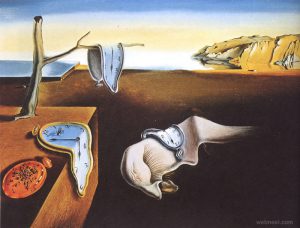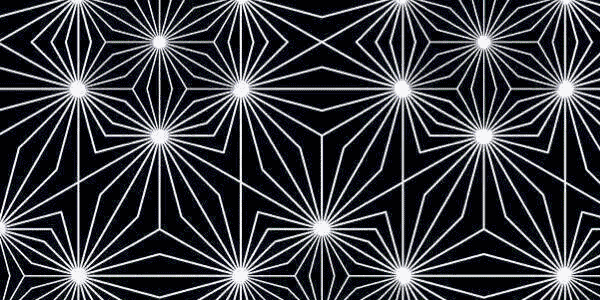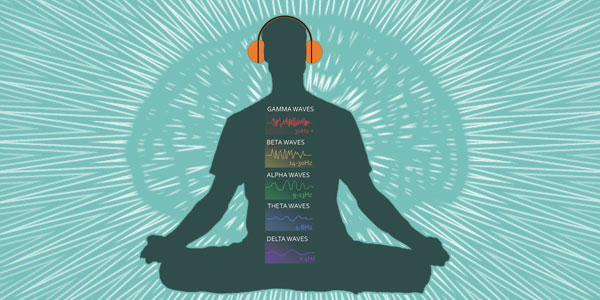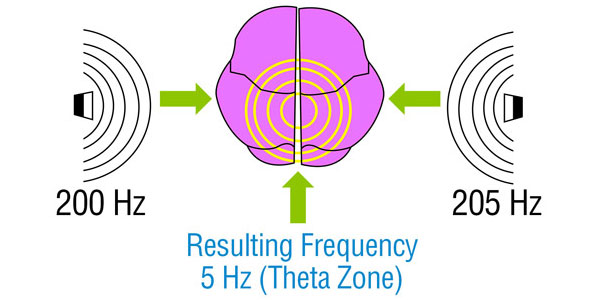Hypnagogia is also referred to as ‘hypnagogic hallucinations’ or ‘hypnogogic state of consciousness’.
It is the experience of the transitional state of consciousness when you go from wakefulness to sleep. (The transitional state from sleep to wakefulness is called ‘hypnopompic’.)
In Hypnaogogia you might be seeing, smelling, hearing, tasting things, or experience a feeling of falling or floating. This is similar to when you’re dreaming, except you’re not asleep yet and still able to remember.
Experiencing these hallucinations can be confusing, because it can be hard to distinguish hallucination from reality. They create strong, intricate visual images in the mind that may be distorted in an unrealistic way. As a result, these hallucinations often cause fear. In some cases, they can cause you to suddenly jolt back to reality from the verge of sleep. ‘Hypnic Jerk’ or ‘The Kick’ as they call it in the movie ‘Inception’.)
Visual Hallucinations (Sights)
The beginnings of visual hallucinations occur as phosphenes – seemingly random speckles, lines or geometric patterns that may float around or remain still behind your closed eyelids.
When deeply immersed, you can control these patterns at will. To do this, just focus on changing the direction of the lines. Then mentally demand specific shapes and movements. After that it’s not difficult to have the phosphenes form a familiar face or animal.

Salvador Dali’s ‘The Persistence of Memory’ (1931)
Hypnagogia and Creativity
Artists have been using Hypnagogia as a key to their creativity: Salvador Dali nicknamed it “the slumber with a key,” and used it as creative inspiration for many of his imaginative paintings.
During hypnagogia, the brain is more fluid and open to making connections between seemingly unrelated ideas. This makes it so conducive to creative problem solving.
How to induce Hypnagogia
Thomas Edison and Dali often induced hypnagogia using a similar technique: Both men held something metal in their hands while they fell asleep. As their hand relaxed, the item would clang onto the floor and wake them up.
Scientists have observed the presence of both alpha brainwaves — which are the dominant brainwave mode when we are conscious but relaxed, for instance when daydreaming or meditating — and theta brainwaves, which are associated with restorative sleep, during Hypnagogia.
Therefore I suggest you try binaural beats or if you can, book a session with the Ajna Light, and make use of brainwave entrainment to achieve more relaxed states of awareness which lead to the hypnagogic magic.
I experience visual and sensory effects every time I am under the Ajna Light and it can lead me into a deep meditation, which is an excellent primer for lucid dreaming (but that’s another post on its own).





